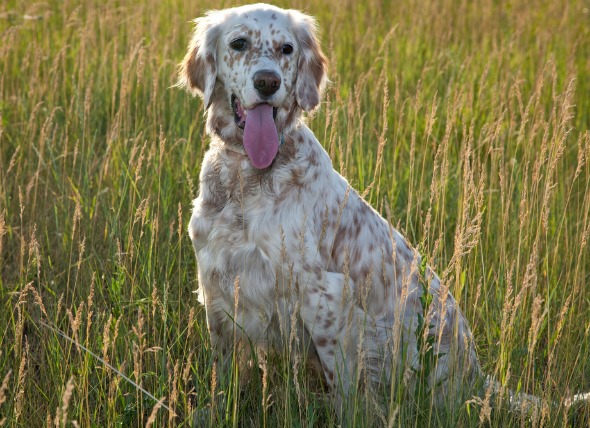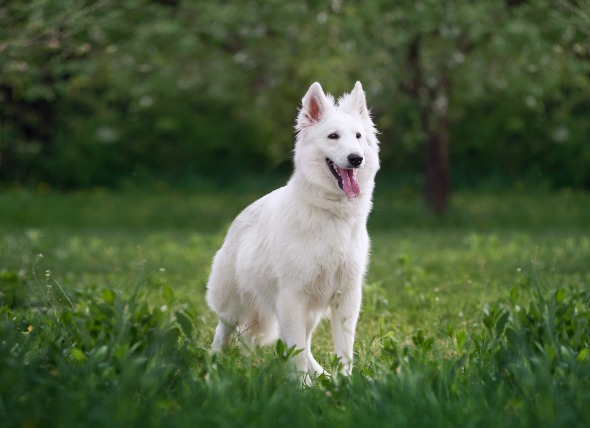
A malignant fibrous histiocytoma refers to an invasive tumor that contains an excessive number of histiocytes, the white blood cells that reside within the normal connective tissue of the body. Referred to as tissue macrophages, histiocytes play a defensive role in the body’s immune response, engulfing cellular debris and infectious agents, as well as initiating defense mechanisms in the system.
Generally, histiocytomas are benign growths, but there are documented cases of malignant fibrous histiocytomas, where the tumor is composed of both histiocytes and fibroblasts. Fibroblasts are the most common cells found in the body’s connective tissue, playing a major role in wound healing. This condition involves the cells of both, with the addition of giant multinucleated cells, which occur as the result of the immune system cells attacking infectious agent cells and fusing together.
Giant cell tumors do not commonly afflict dogs; this is a rare canine disease.
The most common symptoms include:
The causes for malignant fibrous histiocytoma are currently unknown.
Upon examination, your veterinarian will need to rule out a variety of other medical issues prior to issuing a diagnosis and treatment plan. Some other medical conditions which can cause giant cell tumors to form include:
Laboratory work, as well as X-ray imaging, will be used in diagnosing the condition. Your veterinarian may perform a histologic examination, analyzing the tissue under a microscope, during the course of taking a biopsy of the tissue, so that the exact composition of the mass can be defined and an appropriate treatment plan put into place.
Chemotherapy can be helpful if the tumor is large, or if the cancerous cells have moved into other areas of the body (metastasized). In many cases, the tumor will be surgically removed. Unfortunately, amputation may be recommended in cases where an affected limb is hindering your dog's ability to live comfortably.
If chemotherapy is administered, there may be a variety of side effects that you will need to be aware of. Consulting with your veterinarian regularly and scheduling progress checks for your dog will help you to keep your dog comfortable as it recovers from this disease.
 Iris Cysts
Iridociliary Cysts in Dogs
Sometimes referred to
Iris Cysts
Iridociliary Cysts in Dogs
Sometimes referred to
 Chronic Vomiting in Dogs
Vomiting is characterized by the contents of the
Chronic Vomiting in Dogs
Vomiting is characterized by the contents of the
 Osteochondritis Dissecans (OCD) in Dogs
Excess Cartilage and Deficient Bone Growth in Dogs
Osteochondritis Dissecans (OCD) in Dogs
Excess Cartilage and Deficient Bone Growth in Dogs
 Leukemia (Chronic) in Dogs
Chronic Lymphocytic Cancer in Dogs
Chronic lympho
Leukemia (Chronic) in Dogs
Chronic Lymphocytic Cancer in Dogs
Chronic lympho
 Stomach Worm Infection (Physalopterosis) in Dogs
Physalopterosis in Dogs
Physalopterosis is an inf
Stomach Worm Infection (Physalopterosis) in Dogs
Physalopterosis in Dogs
Physalopterosis is an inf
Copyright © 2005-2016 Pet Information All Rights Reserved
Contact us: www162date@outlook.com